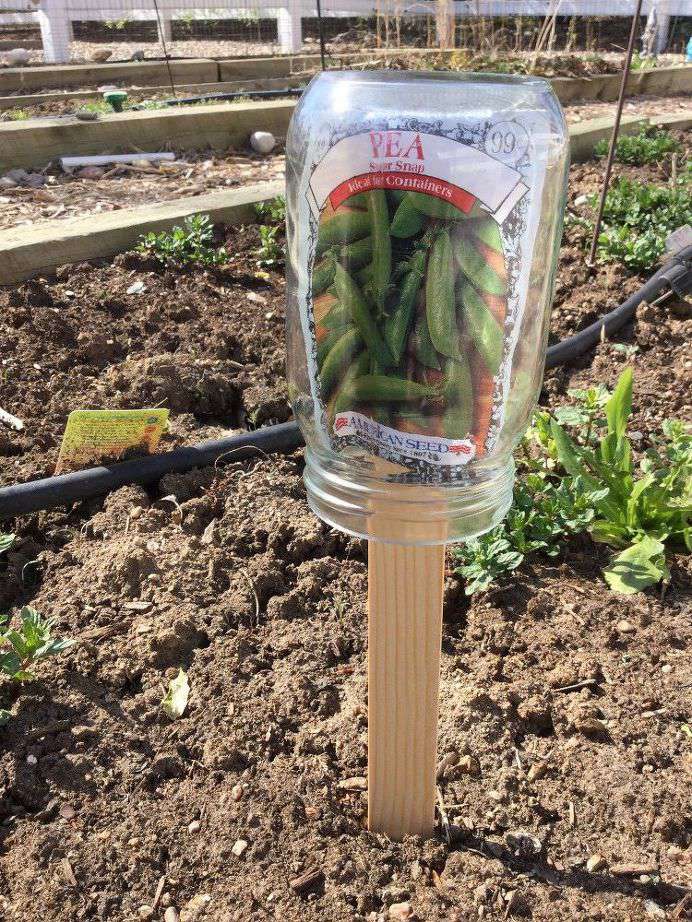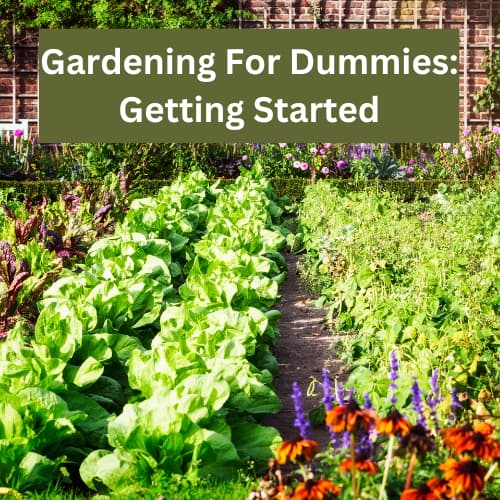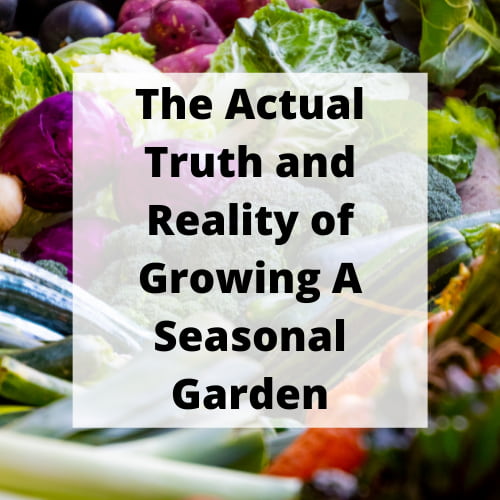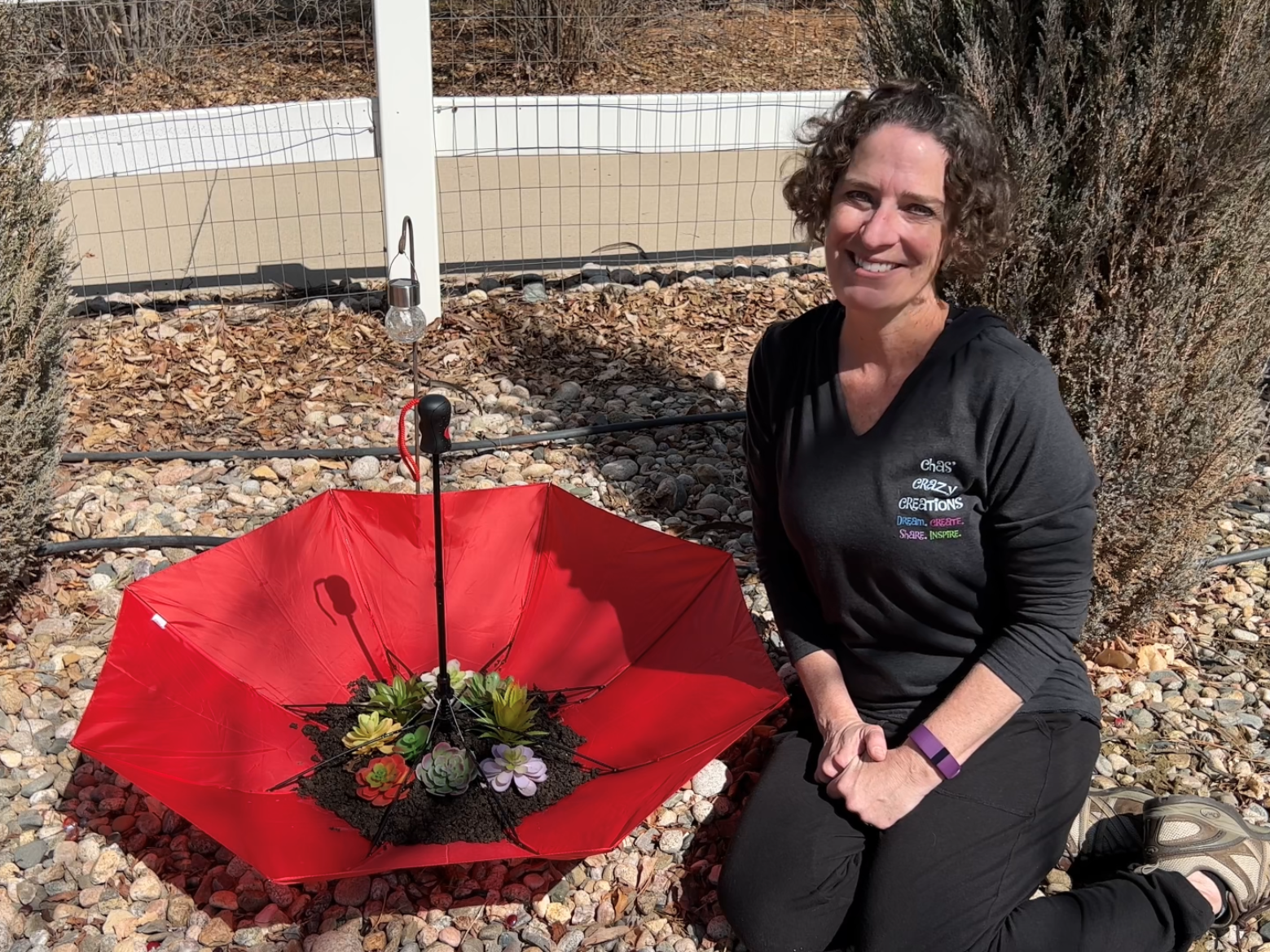Homemade Weed Killer Safe for Pets: Taming Weeds Naturally and Pet-Friendly
Keeping your garden beautiful while making sure your beloved pets are safe from harmful chemicals can sometimes pose a challenge. Thankfully, there’s a natural ingredient homemade weed killer safe for pets you can easily make and use to keep those persistent weeds under control.
This post may contain affiliate links, I earn from qualifying purchases at no extra cost to you. Click here for my disclosure policy
In this blog post, we’ll explore the significance of using a pet-safe weed killer and provide you with an effective do-it-yourself recipe list. Bid farewell to weeds without compromising the well-being of your four-legged companions!
This post and photos may contain Amazon or other affiliate links. If you make a purchase through any link, I may receive a small commission at no extra charge to you.
Understanding the Risks of Commercial Weed Killers
Let’s get real and discuss those store-bought weed killers openly. Sure, they promise to terminate your troubles with weeds, but what about the unintended and sometimes very harmful effects on our fur babies?
Prepare yourself for some eye-opening insights into the potential hazards of commercial weed killers and why going the pet-safe route is the way to go.
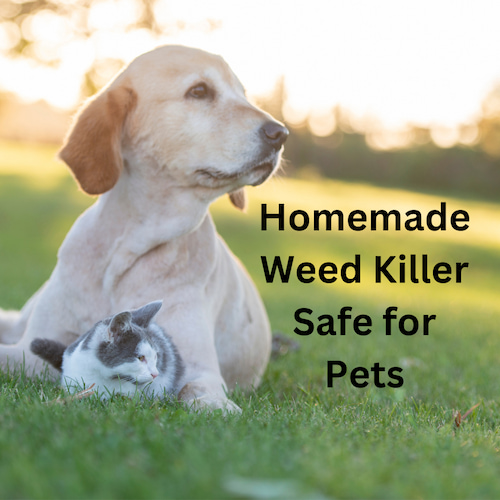
Harmful Effects of Chemical-Based Weed Killers on Pets
Approach everything with a grain of salt, but consider that chemical-based weed killers might not be as harmless as they appear! These products often hide toxic surprises that can wreak your pets’ health.
To keep them wagging their tails happily without any worries, keep an eye out for the following symptoms, especially if you’re visiting someone else’s lawn:
1. Mild Skin Irritations
Your pet might develop:
- Redness
- Itching, or
- Irritation on their skin
2. Digestive Upset
Swallowing even small amounts of chemical weed killers can upset your pet’s stomach, leading to vomiting or diarrhea.
3. Respiratory Issues
Harsh chemicals can irritate your pet’s respiratory system, causing coughing or difficulty breathing.
4. Lethargy
Some pets may feel lethargic or unusually tired after exposure to chemical weed killers.
5. Loss of Appetite
The intense odor of these products might put your pet off their food for a short time.
6. Excessive Salivation
Your pet might drool excessively as a reaction to the unpleasant taste or smell.
7. Paw Pad Irritation
Treated areas could cause irritation on your pet’s paw pads.
8. Allergic Reactions
Allergic reactions could lead to skin rashes or hives in your pets.
9. Nervous System Effects
Some of the scariest effects could be tremors and seizures.
10. Organ Damage
Long periods of exposure to harmful chemicals could lead to organ damage.
Safety first, always! That’s why I recommend you use a natural homemade weed killer safe for pets and avoid the store-bought options.
Common Ingredients in Commercial Weed Killers to Avoid
Time to play detective and investigate those ingredient labels! Watch out for shady characters, like:
- Glyphosate: Ah, the infamous glyphosate, the main villain in many commercial weed killers (RoundUp, for example). This powerful herbicide has been an object in multiple research. Studies proved it could increase the risk of non-Hodgkin lymphoma (NHL) – a cancer of the immune system – by up to 41%. Best to avoid it!
- 2,4-D: While it may sound like alphabet soup, 2,4-D is a herbicide that can control broadleaf weeds but also cause harm to pets and other wildlife.
- Dicamba: This chemical is known to have the unfortunate side effect of drifting from the target area, potentially harming nearby plants and posing risks to your pets. Dicamba might also increase the risk of cancer.
- Mecoprop: This herbicide, often used in lawn weed killers, can be harmful to pets if they come into contact with treated grass or soil.
- Simazine: Found in some pre-emergent weed killer liquids and powders (it kills the weed seeds), simazine can have negative effects on aquatic life and should be handled with caution around pets.
Guess what? All of these aren’t pet-friendly at all! Ditch those risky choices and opt for a natural approach to weed control that:
- Keeps your pets safe
- Your garden happy, and
- Your conscience clear
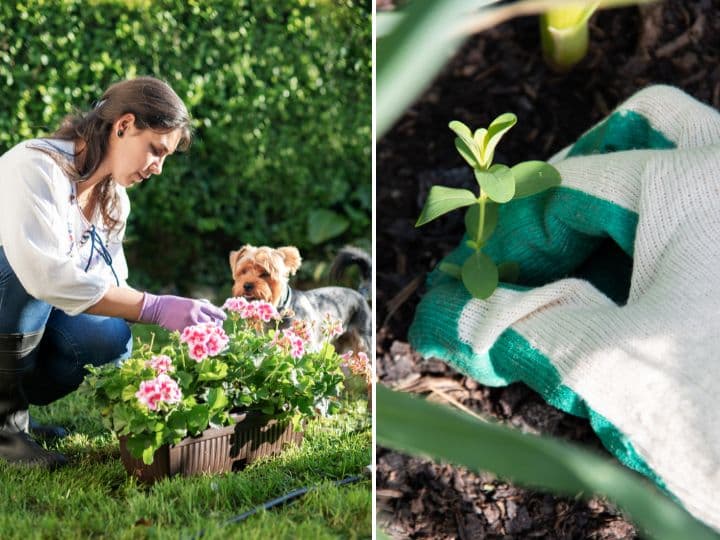
Homemade Weed Killer Safe for Pets
Benefits of Using a Homemade Weed Killer Recipe
1. Safer for Pets and Kids
Homemade weed killers use pet-friendly ingredients, keeping your furry pals and little ones out of harm’s way.
2. Environmentally Friendly
By opting for natural alternatives, you’re doing your part in preserving our planet’s health.
3. Budget-Friendly
Whip up the weeds from your driveway or sidewalks and cracks using common household items, saving those hard-earned bucks for better things.
4. Chemical-Free Gardening
Embrace a gentler approach to weed control without compromising on effectiveness.
5. Easy to Make
Mix, pour, and spray! Homemade weed killers are a breeze to make, no science degree is required.
6. Accessible Ingredients
You probably already have most ingredients in your kitchen pantry, or you can easily find them in every local grocery store.
7. All-Purpose
There is a DIY formula, no matter if you’re fighting:
- Dandelions
- Crabgrass
- Ivy
- Clovers
Remember, the beauty of homemade weed killers safe for pets lies in their simplicity and safety. Your fur babies, wallet, and the Earth will thank you for making the switch!
DIY Recipes for Pet-Friendly Weed Killer
Let’s dive into the world of pet-safe DIY weed killers! Say goodbye to harmful chemicals and say hello to a lush garden and happy pets.
Here are some pet-safe weed-killer recipes to get you started:
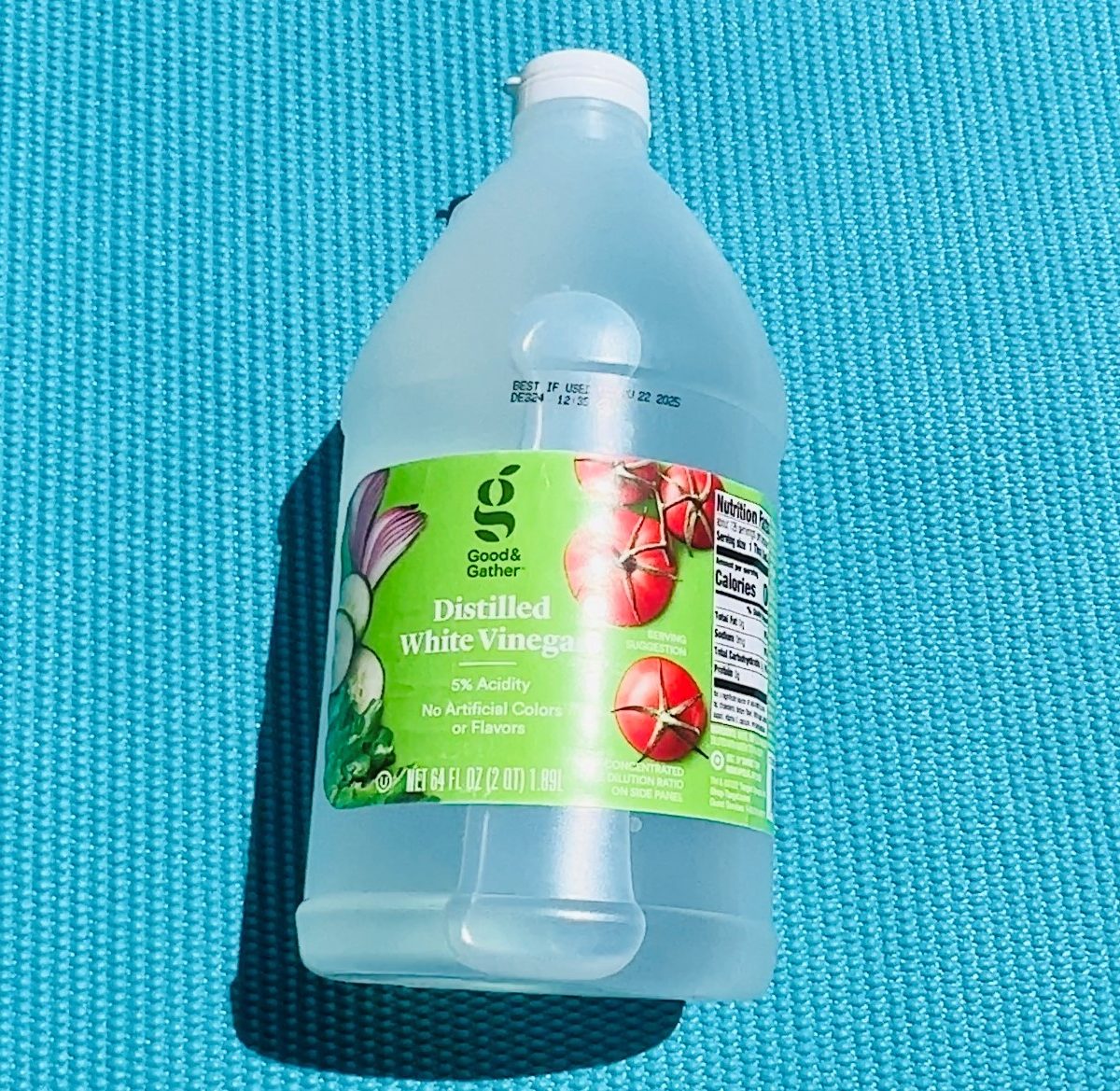
1. Vinegar Solution
Ingredient List and Their Purpose
- White Vinegar (1 gallon): A natural herbicide that dehydrates weeds and prevents regrowth.
- Dish Soap (1 tablespoon): Enhances the mixture’s sticking power, ensuring better coverage on weeds.
Instructions
- Mix equal parts of white vinegar and water.
- Add a few drops to a tablespoon of dish soap for better adherence.
- Spray directly on the weeds, avoiding any desirable plants.
2. Salt Solution
Ingredient List and Their Purpose
- Salt (1 cup): Helps to kill weeds by disrupting their cellular structure.
Instructions
- Mix 1 cup of salt in 8 cups of warm water.
- Stir until the salt dissolves completely.
- Spray the solution on the weeds and avoid contact with other plants.
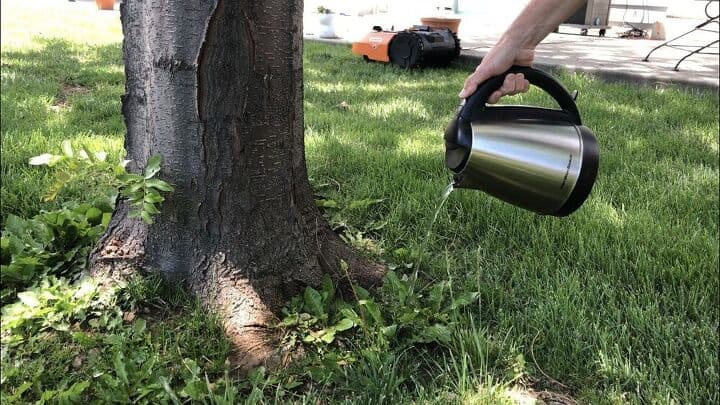
3. Boiling Water
Ingredient List and Their Purpose
- Water (as needed): Boiling water acts as a natural herbicide, scorching and killing weeds on contact.
Instructions
- Boil water in a kettle or pot.
- Pour the boiling water directly onto the weeds, ensuring complete coverage.
- Take care not to pour it on desirable plants. I’d apply this grass killer on the sidewalk cracks but not on a lawn or in the garden.
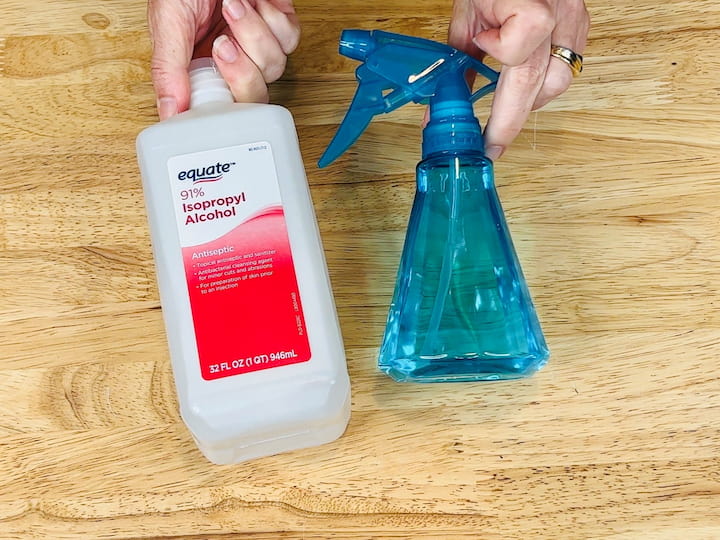
4. Rubbing Alcohol
Ingredient List and Their Purpose
- Rubbing Alcohol (1 part): Alcohol dehydrates and kills weeds.
- Water (4 parts): Helps dilute the rubbing alcohol for safer application.
- Dish Soap (a few drops): Enhances the solution’s sticking power for better weed coverage.
Instructions
- Mix 1 part rubbing alcohol with 4 parts water.
- Add a few drops of dish soap and stir well.
- Spray the solution on the weeds, avoiding contact with other plants.
5. Corn Gluten Meal
Ingredient List and Their Purpose
- Corn Gluten Meal (as needed): Acts as a natural pre-emergent herbicide, inhibiting weed growth.
Instructions
- Sprinkle cornmeal around the base of the weeds.
- Cornmeal acts as a natural pre-emergent herbicide, inhibiting weed growth.

6. Homemade Herbicide
Ingredient List and Their Purpose
- Vodka or Rubbing Alcohol (1 tablespoon): Alcohol dehydrates and kills weeds.
- Orange Essential Oil (1 tablespoon): Orange oil has natural weed-killing properties.
- Water (2 cups): Dilutes the mixture for safer application.
Instructions
- Mix the vodka or rubbing alcohol, the orange essential oil, and the water.
- Stir until the ingredients are fully combined.
- Spray the mixture on the weeds, but avoid desirable plants.
7. Lemon Juice
Ingredient List and Their Purpose
- Fresh Lemon Juice (as needed): The citric acid in the lemon juice kills the weeds.
Instructions
- Squeeze fresh lemon juice and pour it directly onto the weeds.
- The acidic nature of lemon juice helps to kill the weeds.
- Avoid contact with other plants, as lemon juice can also affect them.
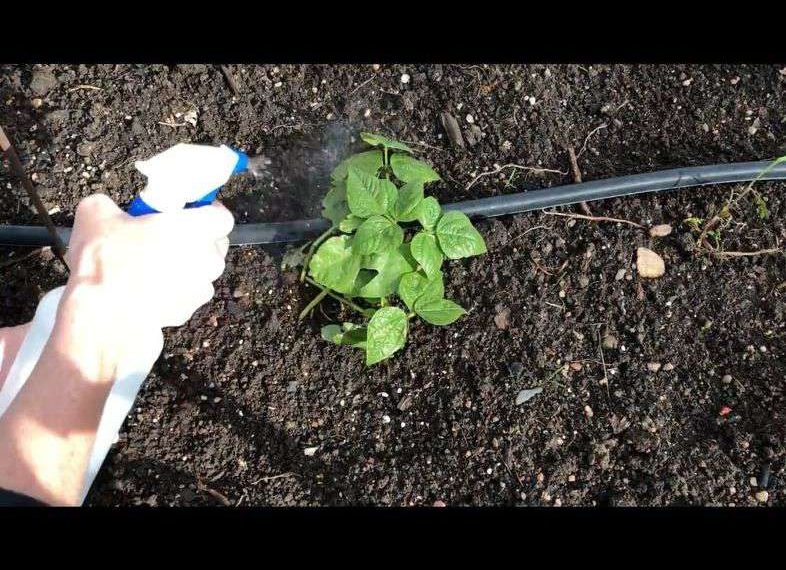
8. Hot Pepper Spray
Ingredient List and Their Purpose
- Hot Peppers (such as chili peppers): The capsaicin in hot peppers acts as a natural weed killer.
- Water (as needed)
Instructions
- Blend hot peppers (like chili peppers) with water.
- Then, strain the liquid and pour it into a spray bottle.
- Spray the solution directly on the weeds.
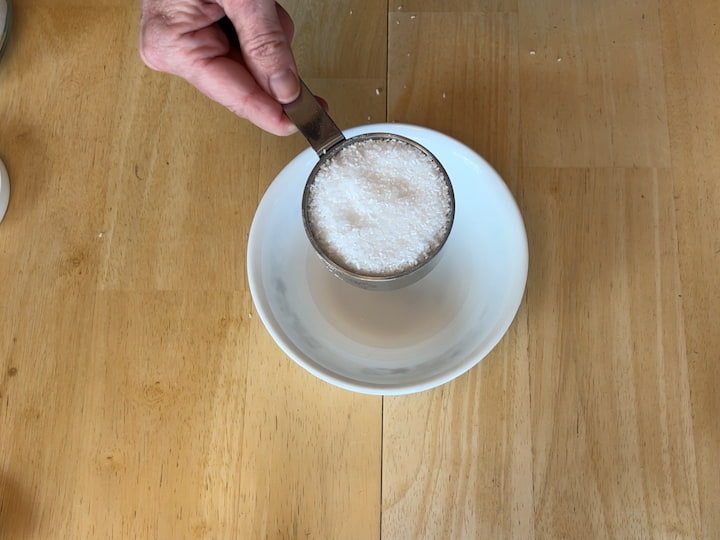
9. Epsom Salt Solution
Ingredient List and Their Purpose
- Epsom Salt (1 cup): Epsom salt dehydrates the weeds and hinders their growth.
- Water (2 cups): To dilute and dissolve the Epsom salt.
Instructions
- Mix 1 cup of Epsom salt with 2 cups of warm water.
- Stir it until all of the salt dissolves.
- Spray the solution on weeds only, avoiding contact with desired plants.
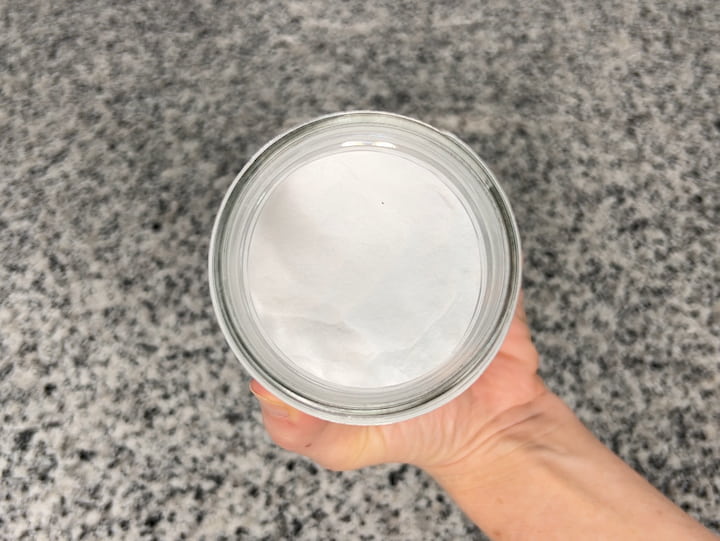
10. Baking Soda
Ingredient List and Their Purpose
- Baking Soda (as needed): Interferes with weed growth by altering the pH levels in the soil.
Instructions
- Sprinkle baking soda directly on the weeds.
- Baking soda alters the pH levels in the soil, which interferes with weed growth.
- Don’t apply it to desirable plants, as it is harmful to them, too.
Remember to exercise caution and test these DIY weed killers in a small area before applying them widely. Additionally, ensure that you apply these solutions directly to the weeds, not the surrounding soil or plants.
Other Pet-Friendly Weed Control Methods
Natural Weed Control Techniques to Complement the Homemade Weed Killer
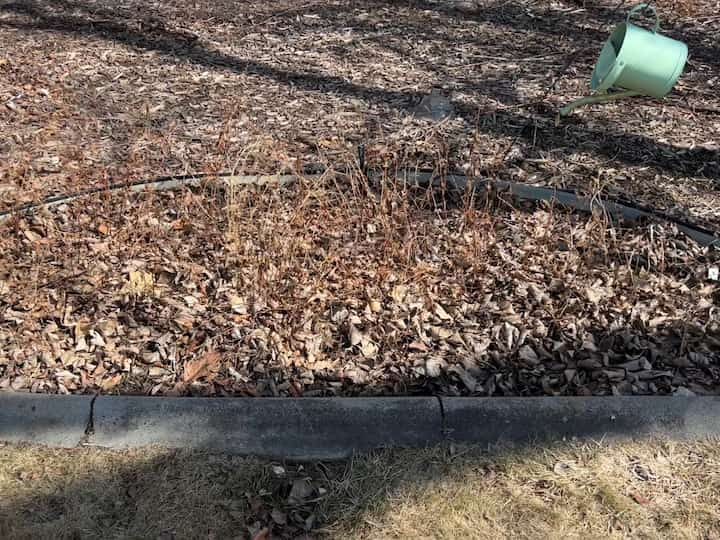
Mulch
Organic Mulch (wood chips, straw, dried leaves, etc.): Suppresses weed growth by blocking the sunlight and acting like a terrific weed preventer.
Instructions
- Apply a layer of organic mulch (such as wood chips, straw, or dried leaves) around desirable plants.
- Mulch helps suppress weed growth by blocking sunlight and inhibiting weed seed germination.
- This method is effective for preventing new weed growth rather than eliminating existing weeds.
Landscaping Fabric
Landscape Fabric forms a protective barrier against weeds while allowing water and nutrients to reach your garden’s plants.
Lay down landscape fabric around desired plantings, covering the soil completely. Secure the fabric edges with garden staples or rocks to prevent weed growth.
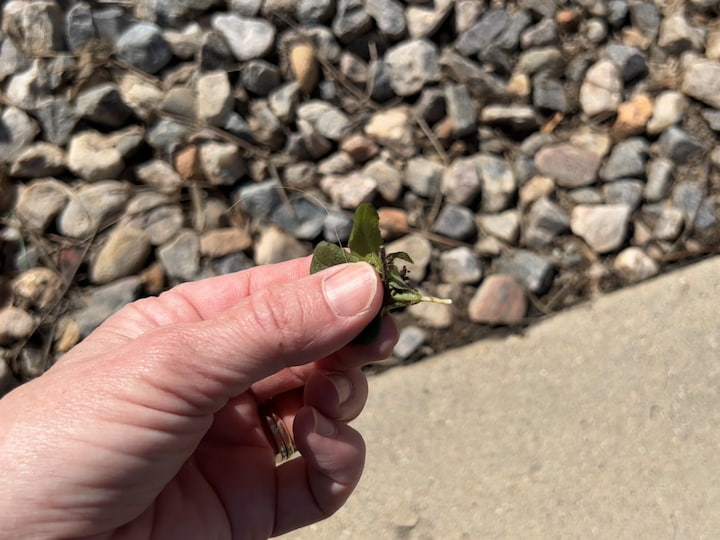
Hand Pulling
Simply grasp the base of the weed (near the soil), and gently pull upwards to remove the entire plant, including the roots. Be thorough, especially with perennial weeds, to prevent regrowth.
Shop any of these stores and I receive a small commission at no cost to you.
 Just For Pets Weed Killer S...Shop on Amazon
Just For Pets Weed Killer S...Shop on Amazon Green Gobbler 20% Vinegar W...Shop on Amazon
Green Gobbler 20% Vinegar W...Shop on Amazon Natural Armor Weed and Gras...Shop on Amazon
Natural Armor Weed and Gras...Shop on Amazon

Tips for Maintaining a Pet-Friendly Garden
Having a beautiful garden that’s safe for your pets is easier than you think! Check out these handy tips to create a delightful pet-friendly haven in your backyard.
1. Choose Pet-Safe Weed Killers
Stick to DIY weed killers or pet-friendly alternatives to safeguard your furry pals from harmful chemicals.
2. Read Labels Carefully
If you opt for store-bought products, read labels to avoid any weed killers containing toxic ingredients.
3. Create Pet Zones
Designate specific areas in your garden for your pets to play and roam freely, away from treated areas.
4. Regular Garden Inspections
Keep an eye out for new weeds and deal with them promptly to prevent weed overgrowth.
5. Encourage Thick Lawns
A thick and healthy lawn naturally suppresses weed growth, so keep your grass well-maintained.
6. Hand Pulling
Roll up your sleeves and manually remove weeds by hand, ensuring your garden stays pristine.
7. Mulch Magic
Mulch around your plants to hinder weed growth and give your garden a polished look.
8. Train Your Pets
Train your pets to stay away from treated areas and respect garden boundaries.
9. Stay Vigilant
Monitor your pets for any signs of discomfort or illness, and seek veterinary attention if needed.
10. Regular Garden Cleanup
Removing debris and fallen leaves will minimize weed habitats and enhance your garden’s appeal.
11. Choose Pet-Safe Plants
Opt for pet-friendly plants in your garden. Avoid toxic varieties that could pose risks to your pets if ingested.
12. Avoid Chemical Fertilizers
Minimize the use of chemical fertilizers, as they may contain harmful substances. Consider organic alternatives to nourish your garden soil.

Homemade Weed Killer Safe For Pets Q&A
What is the best non-toxic weed killer safe for pets?
Look no further than the DIY weed-killer recipes shared in this blog post! With ingredients like:
- White vinegar
- Salt
- Rubbing alcohol, and
- Dish soap
These pet-safe solutions are your go-to for eliminating weeds without endangering your beloved pets. Embrace the natural power of these non-toxic options and reclaim your garden as a safe haven for your furry companions.
However, the general rule of thumb says you should allow a full 24 hours after spraying weed killer before letting your pets back into the treated areas. This ensures any lingering residues or risks have vanished, providing a safe and happy environment for your furry companions to explore.
How long after spraying weed killer is it safe for pets?
Safety first! Always read the label of store-bought weed killers and follow their recommendations.
Does vinegar kill weeds permanently?
While vinegar is effective in killing existing weeds, it may not provide a permanent solution. Vinegar acts as a natural herbicide by dehydrating weeds, but it doesn’t target the roots entirely. As a result, some weeds may regrow over time.
To achieve longer-lasting results, consider using vinegar with other weed control methods or maintaining regular weed management practices.
Did you like our homemade weed killer safe for pets ideas? Then, you’re going to love these other posts, too:




